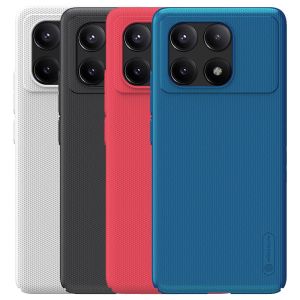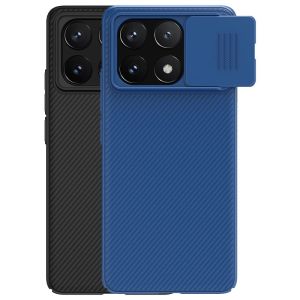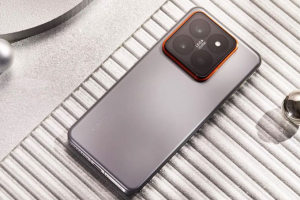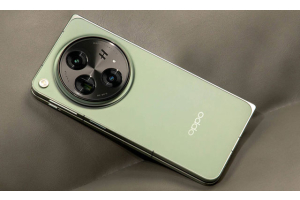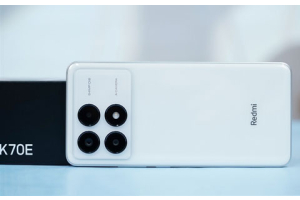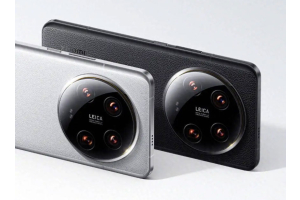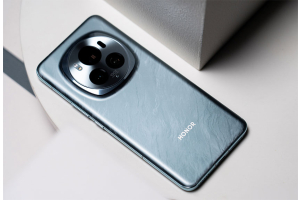Redmi K70E: Specs, Performance, and Design | Latest Redmi Smartphone
For Redmi, the K series needs to be both extremely cost-effective and exploratory. It's indeed difficult to cover the initially targeted price range with just the standard and Pro versions. At this critical juncture, Redmi launched the K40S alongside the K50 series, and officially defined the K60E with the release of the K60 series, breaking free from the pricing constraints of the standard version. This allows the series to truly explore upwards for better experiences while also being able to employ aggressive strategies downwards.
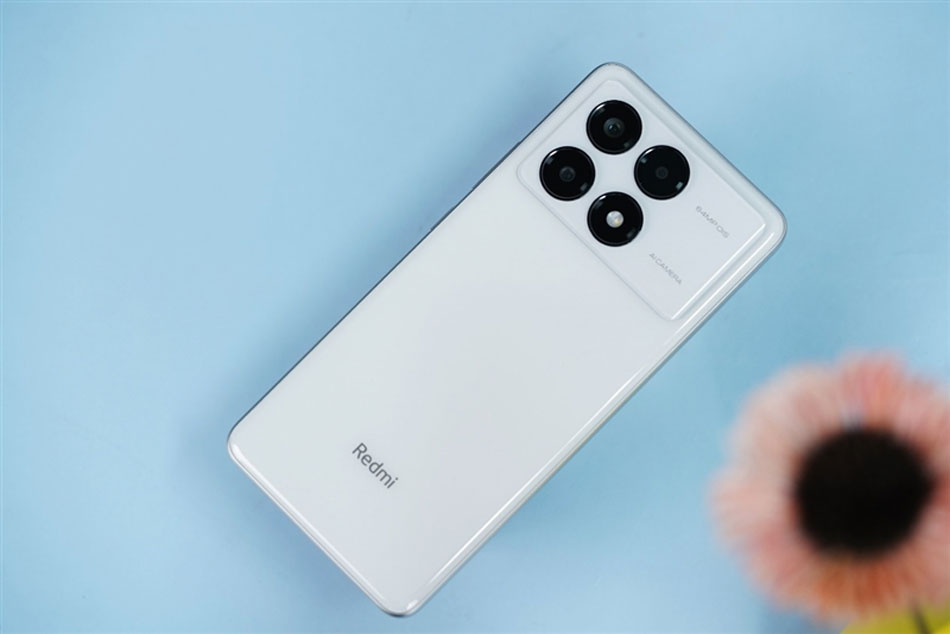
So, after another year of refinement, what new experience will the more powerful Redmi K70E bring? Family-oriented design but lighter. The Redmi K70 series presents a more unified family-oriented design, and the K70E thus adopts a more consistent appearance style. It still features a flat screen, straight edges, and a curved back cover design. However, its back cover style differs slightly from its predecessors. We received the Ink Feather color version, which presents a pure black color without any textures underneath the back cover, giving it a relatively simpler look. The Redmi K70E inherits the family tradition in terms of its camera module, featuring the same rectangular transparent decorative surface, the same square arrangement of four openings, and even similar body lines. If you were to cover the phone with a case and only reveal the module, without looking at the right-side label, it would be difficult for most people to discern its specific model.
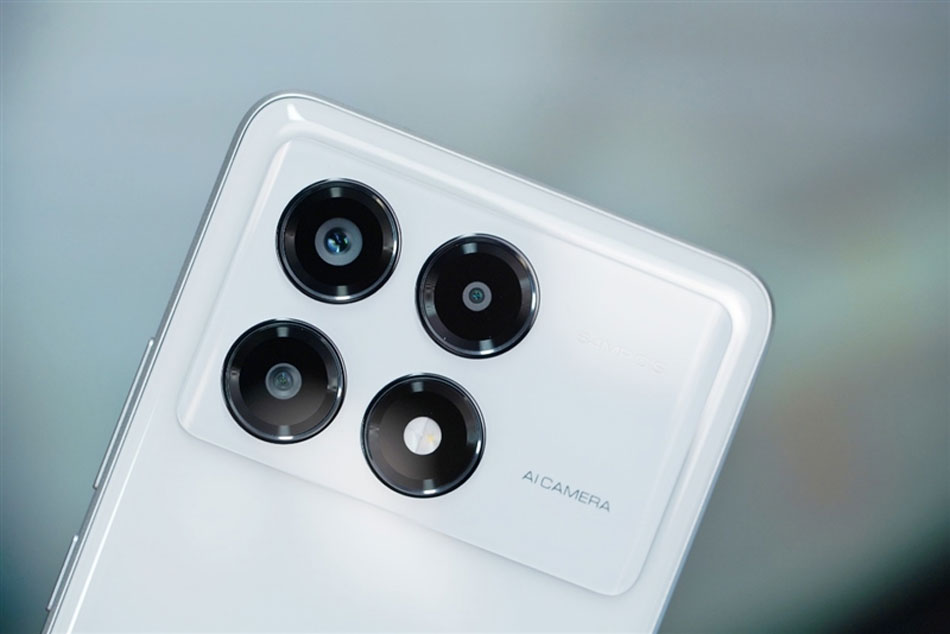
Of course, despite its family-oriented style, the Redmi K70E is still the "E" version, so its middle frame does not use metal but rather plastic material. The combination of straight edges and meticulous polishing gives it a decent feel, which can reduce the sense of cheapness to a certain extent. Powerful configuration is its strength
This time, the Redmi K70E is full of confidence in its performance. Before its release, we learned that Redmi had conducted in-depth cooperation with MediaTek this time, jointly planning and customizing the all-new Dimensity 8300-Ultra mobile chip. This chip features an eight-core CPU with 4 A715 large cores + 4 A510 small cores, with a maximum frequency of up to 3.35GHz. Its extremely high frequency also lays a solid foundation for its theoretical performance. Paired with LPDDR5X memory and UFS 4.0 flash memory, it provides a considerably comprehensive stage for the release of this chip.
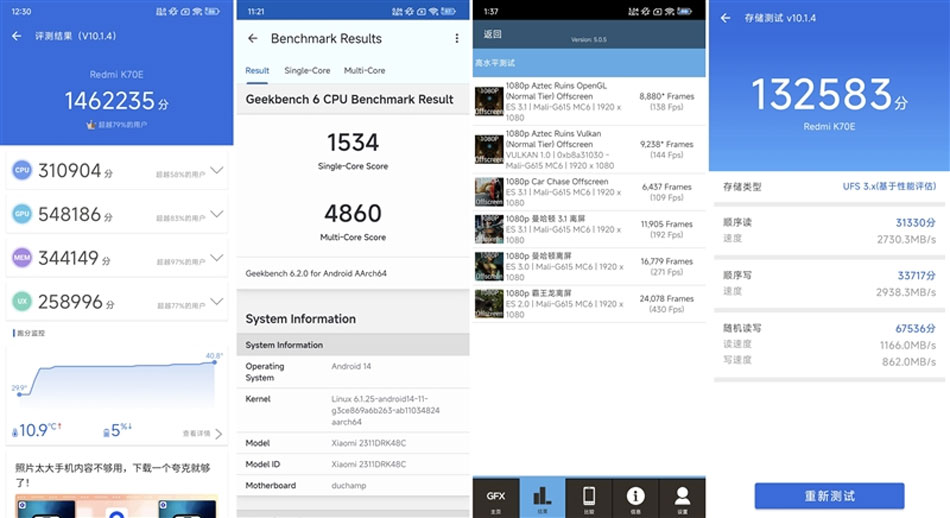
We also tested its theoretical performance using benchmarking software and found that it can score 1.46 million points in AnTuTu, slightly inferior to the performance of the second-generation Snapdragon 8, but still very close. As for real-world performance, we used the Redmi K70E with flagship specifications to conduct high-intensity gaming tests in "Genshin Impact's" Liyue City. It can be seen that the Redmi K70E achieved smooth performance close to the 60fps limit in the first ten minutes, but began to fluctuate after the next twenty minutes. However, the overall fluctuation range remained stable without further decline, and the final average frame rate reached 55.3fps. This performance cannot be considered particularly outstanding, but considering the actual gaming scenario and its pricing, we can still say that the gaming performance of the Redmi K70E is quite good. After all, it is only the entry-level model of the series, and there are still the standard version and Pro version above it.
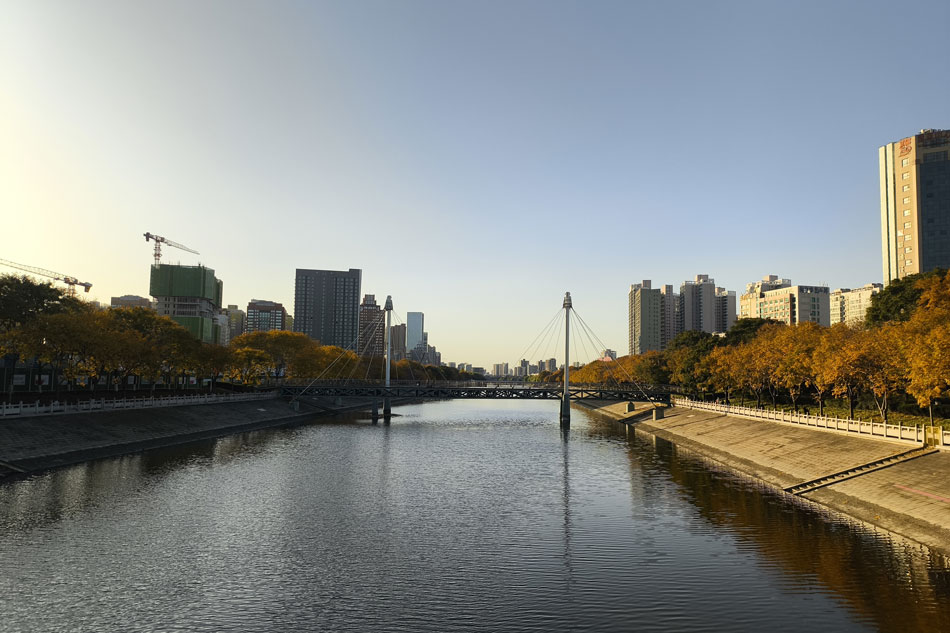
Solid performance in the basic imaging department
The imaging configuration of the Redmi K70E is relatively conventional, with a rear triple camera setup consisting of a wide-angle main camera, an ultra-wide-angle camera, and a macro camera. The main camera is a 64-megapixel OV64B, the ultra-wide-angle camera is 8 megapixels, and the macro camera is 2 megapixels. Let's take a look at some sample images. The performance of the Redmi K70E is also familiar to everyone, with lively and vivid colors, and the image quality is moderate, typical for the price range around 2K. There are no major surprises, but it also doesn't disappoint.
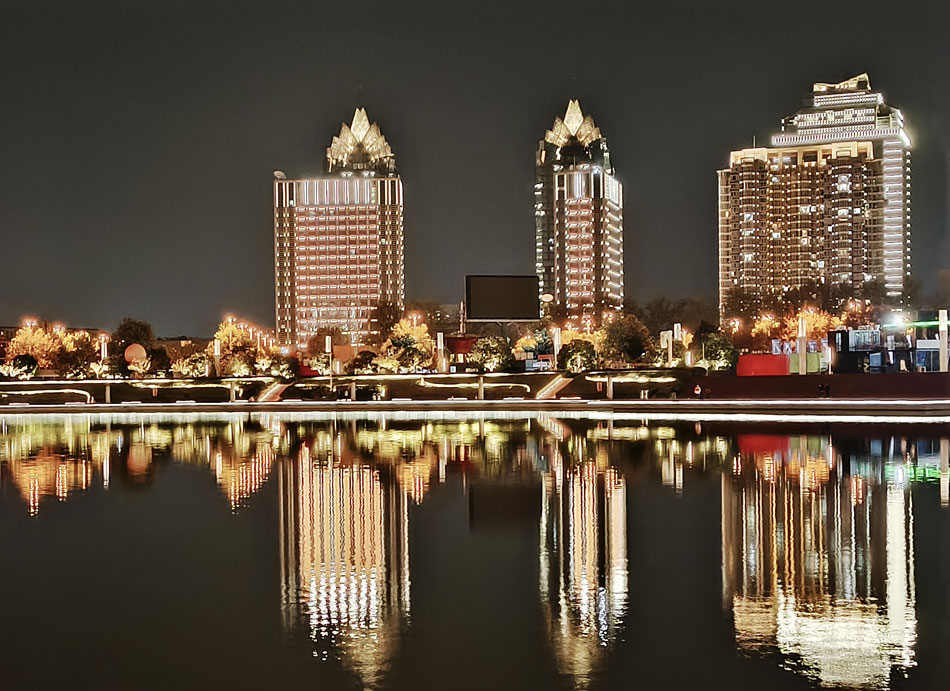
The performance in low-light conditions is similar. The overall style of presentation is still the multi-frame synthesis style familiar to us from the past few years. Although it doesn't highlight night scenes like the Xiaomi brand does, the overall image quality is decent. Under the bright style, the colors of the lights tend to be relatively faint, which means it has a "digital taste." However, for the Redmi K70E, this performance is quite good. Although the watermark design of the camera app is relatively traditional, the Redmi K70E offers a rich selection of customized frames, adding some post-processing fun to the photos. However, the unit we have seems to be a test version. If you use the HEIF format to take photos, the gallery won't recognize them as photos taken by this phone, and you won't be able to add custom frames. Hopefully, this issue can be resolved with an OTA update in the future.
Some other configurations and conclusion
The overall configuration of the Redmi K70E is still quite good. It features a 6.7-inch 1220P screen, although not as high-resolution as the previous generation's 2K, it's still higher than the typical 1080P resolution. It also has a 1920Hz PWM high-frequency dimming. As for the battery configuration, the Redmi K70E inherits the large 5500mAh battery from the previous generation, and fast charging has smoothly upgraded to 90W. Overall, the battery life is still reassuring, especially considering the decent power efficiency of the Dimensity 8300 chip.
The Redmi K70E maintains its consistent cost-effectiveness, with minor adjustments in its design while continuing the style of the previous generation. However, in terms of user experience, it can be said to have "taken a step further." Even in today's increasingly competitive smartphone industry, in this price range, the Redmi K70E can be considered a "king of value."
